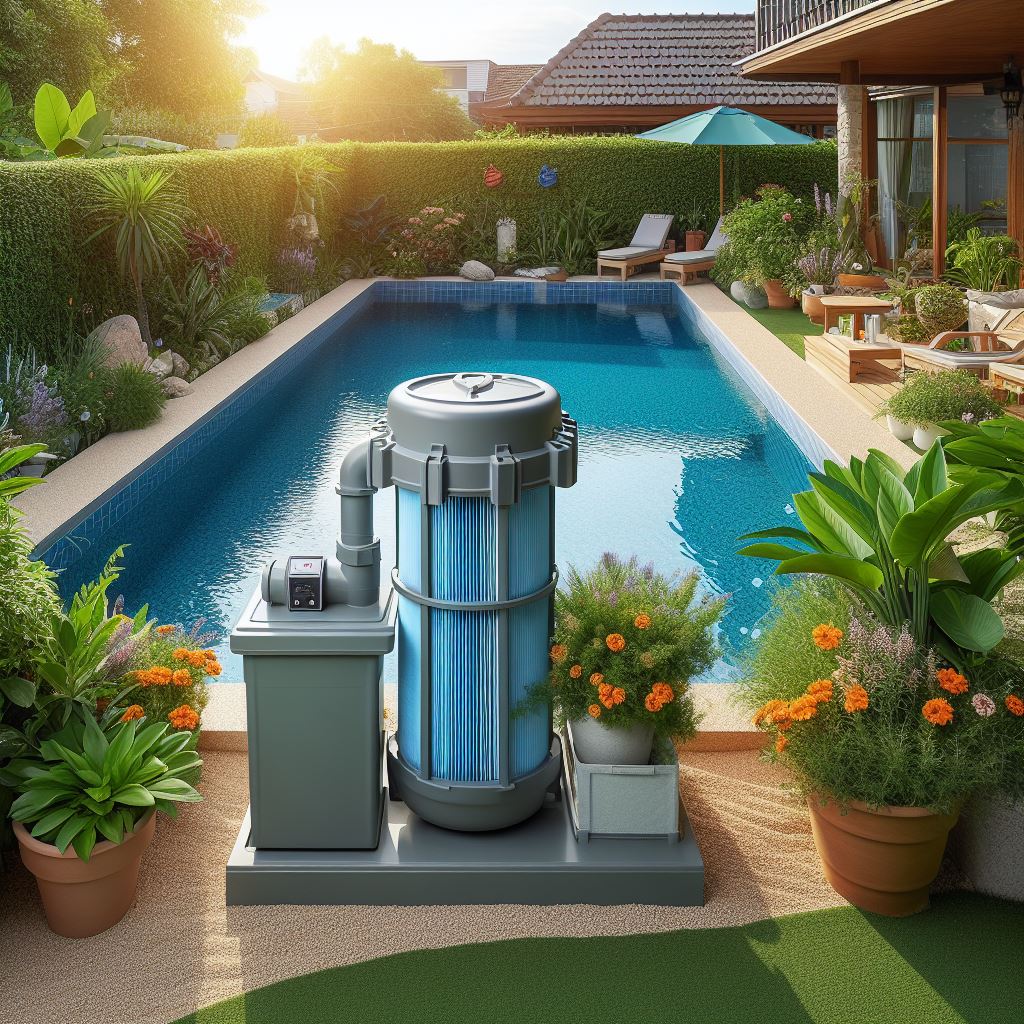Maintaining water quality in home pools is essential for ensuring swimmer safety and extending the lifespan of the pool. Sand filters, as a popular pool filtration system, are widely favored due to their effectiveness in removing particles and ease of maintenance. Installing a sand filter not only helps keep pool water clean but also reduces the use of chemical cleaners, thereby providing a healthier swimming environment. This article will provide a detailed guide on how to install a sand filter for a home pool, along with practical installation and maintenance tips.

Preparation Before Installation
Choosing the Right Sand Filter
When selecting a sand filter, consider the size of the pool and the filtration demands. The size of the filter should be capable of processing at least twice the volume of the pool. Filters from well-known brands are generally more reliable and easier to find replacement parts and service for. Additionally, consider the installation location so that the filter is not too large, which could complicate installation or future maintenance.
Tools and Materials Needed
Sand filter unit: Ensure it includes all necessary accessories, such as valves and a pressure gauge.
Piping and fittings: Choose pipes of adequate diameter to ensure sufficient water flow.
Silicone grease and pipe sealant tape: For ensuring all connections are waterproof.
Basic tools: Including wrenches, screwdrivers, pliers, a level, and any other tools that might be needed.
Filter sand or alternative filtering medium: Common options include sand, glass beads, or other specialized filtering mediums.
Installation Step
Step 1: Choosing a Location
Select a location that is both convenient for operation and for future maintenance. The ideal spot should be close to the pool and a power source, with a stable ground that can support the weight of the filter when fully loaded. Additionally, consider drainage on the ground to avoid accumulation of rainwater or exposure to other potential water sources.
Step 2: Installing the Piping
Plan the piping route before installation to minimize unnecessary bends and length, which helps improve water flow efficiency and reduce the pressure on the pump. Pipes should run from the pool to the filter and back to the pool. Apply silicone grease to the joints, then wrap with pipe sealant tape to ensure a leak-proof seal.
Step 3: Adding the Filtering Medium
Before adding the medium, check that the inside of the filter is clean and free of debris. Following the manufacturer’s instructions, gradually add the filter sand or other media. Be careful not to overfill, leaving enough space to prevent the media from expanding and overflowing during filtration.
Step 4: Connecting to Power and Testing
Before connecting to power, check all connections for tightness to ensure there are no leaks. Fill the system with water slightly before starting, to check for leaks. Then start the system, observe if it runs smoothly, check that the pressure gauge readings are normal, and confirm there are no unusual noises or leaks.
Step 5: Adjustments and Fine-tuning
Based on the initial operation, adjust the piping layout or reinstall certain components to improve filtration efficiency and reduce energy consumption. Once the system is confirmed to be working correctly, mark all major components and operation valves for easy operation and maintenance in the future.
Maintenance Tips
It is necessary to regularly check the operation of the filter, including the cleanliness of the filter sand and whether it needs to be replaced. Typically, filter sand should be replaced every five years, but more frequent replacement may be necessary for pools used more frequently. Keep the pipes and fittings clean and intact to ensure optimal performance of the filtration system.
Proper installation and regular maintenance of a sand filter can effectively maintain the cleanliness and safety of pool water, enhancing the pool’s usability and lifespan. By following these detailed steps, home pool owners can ensure their pools remain in optimal condition throughout the swimming season.